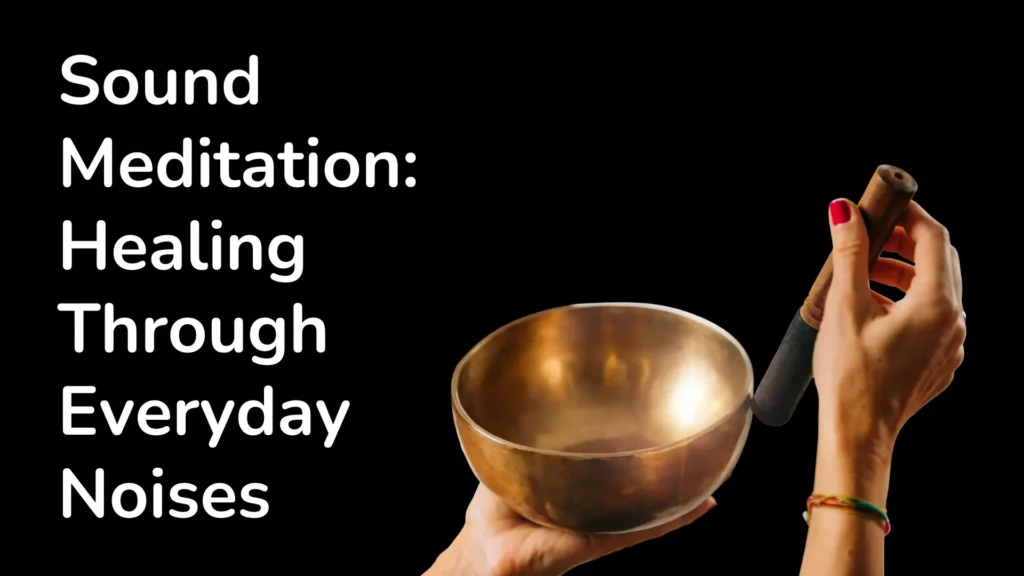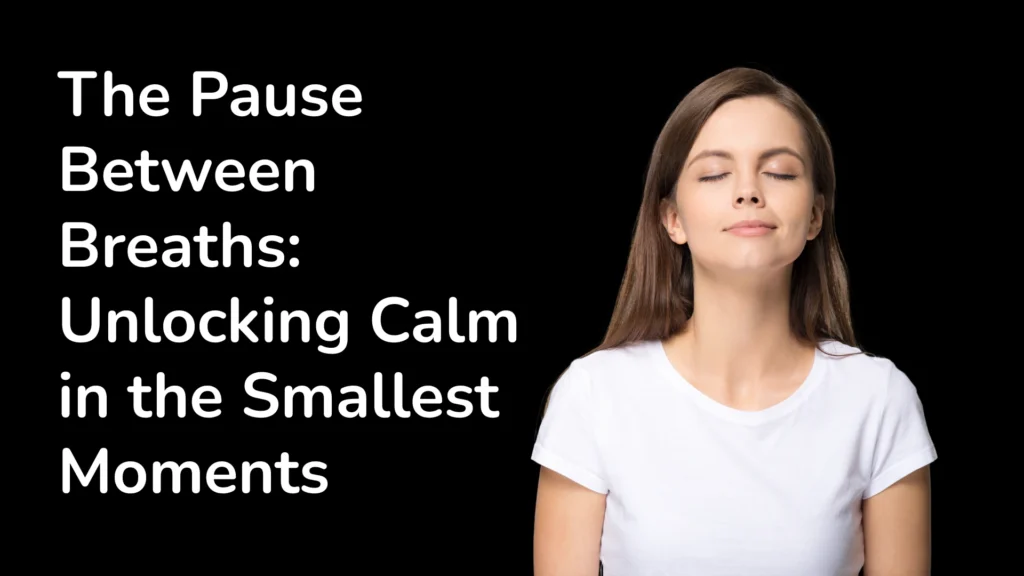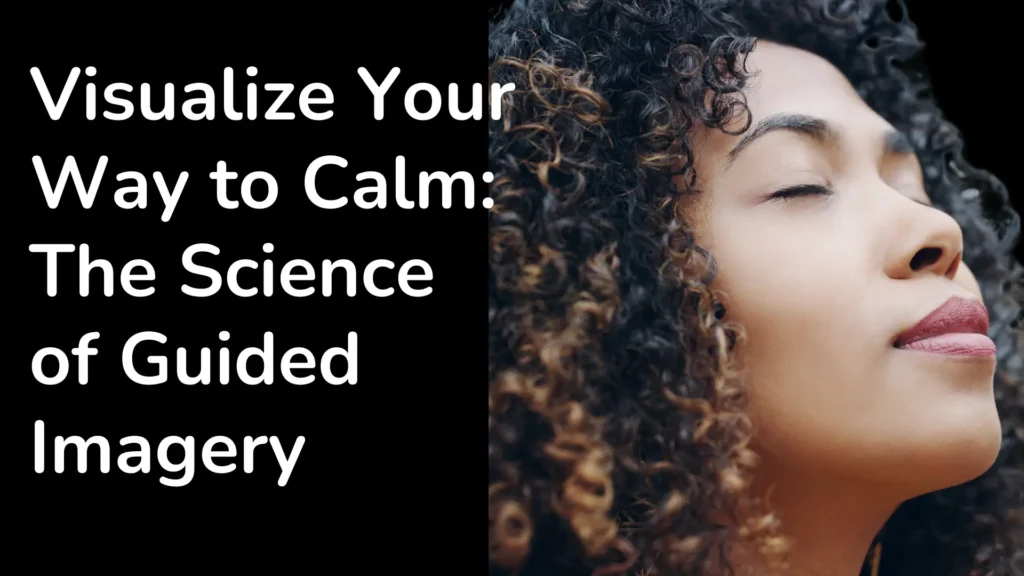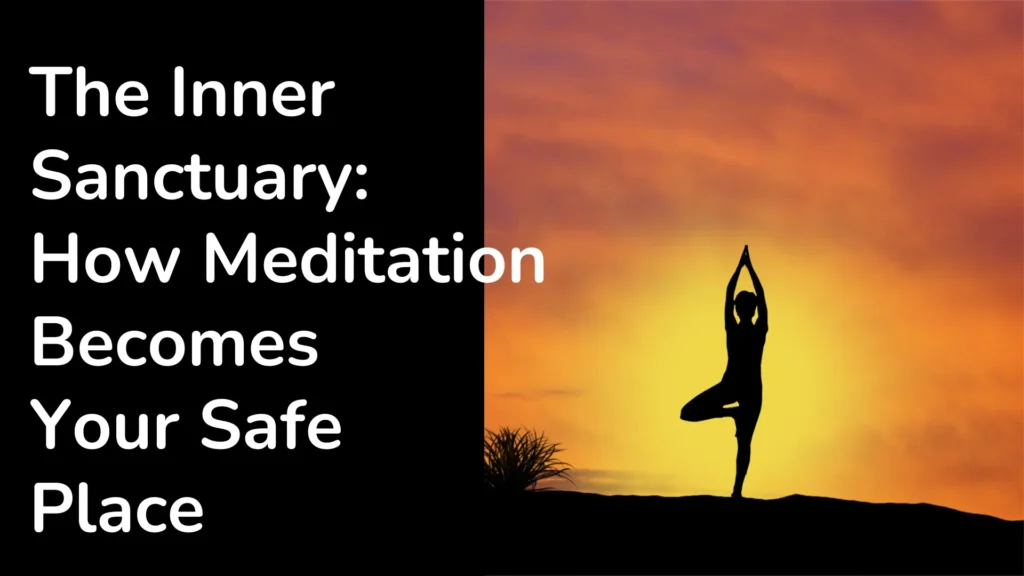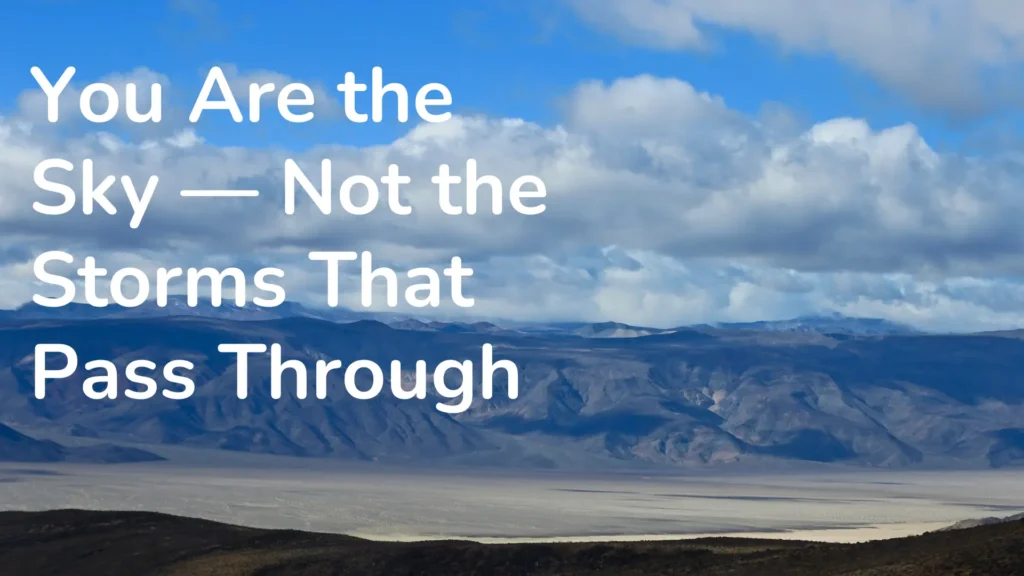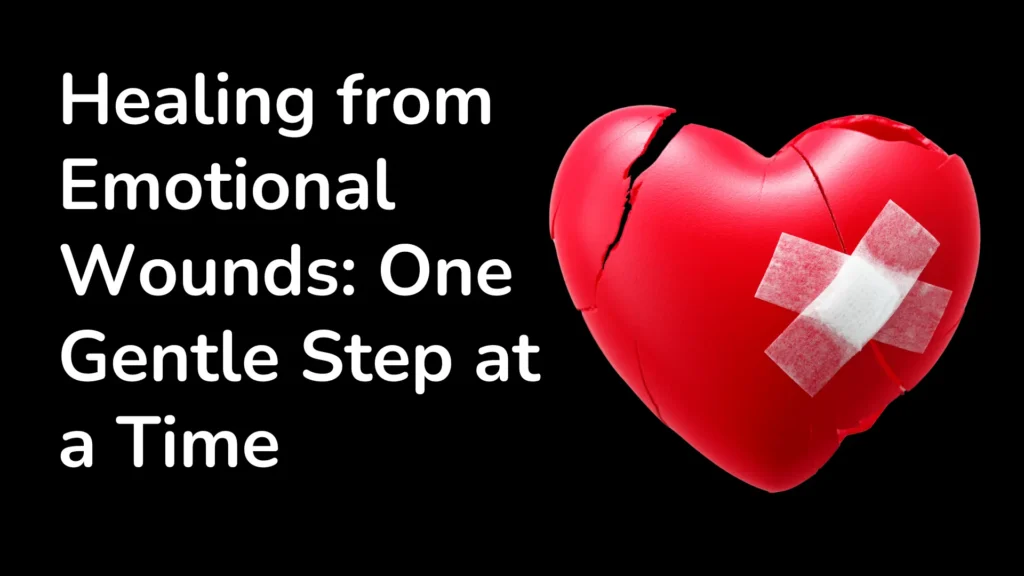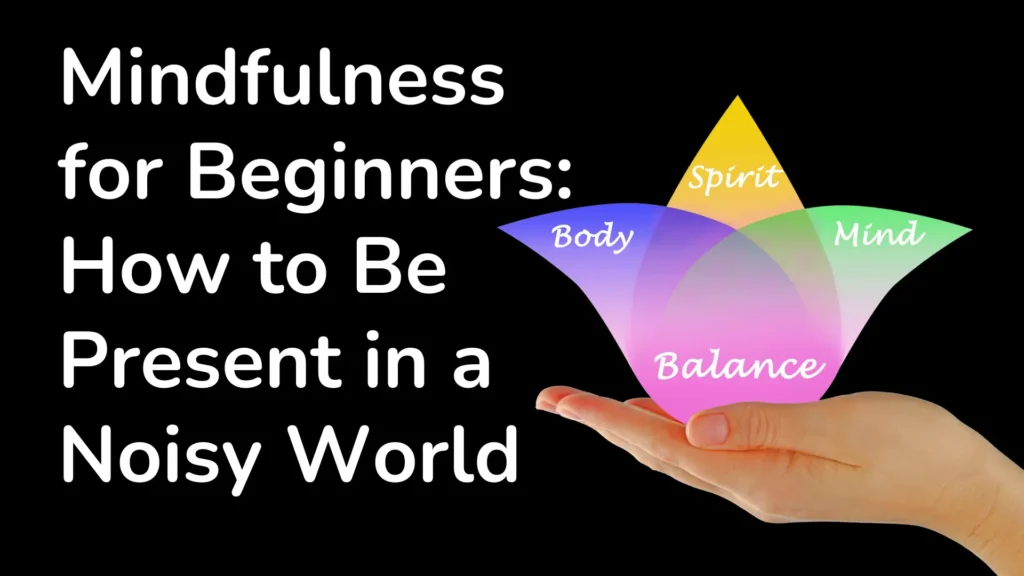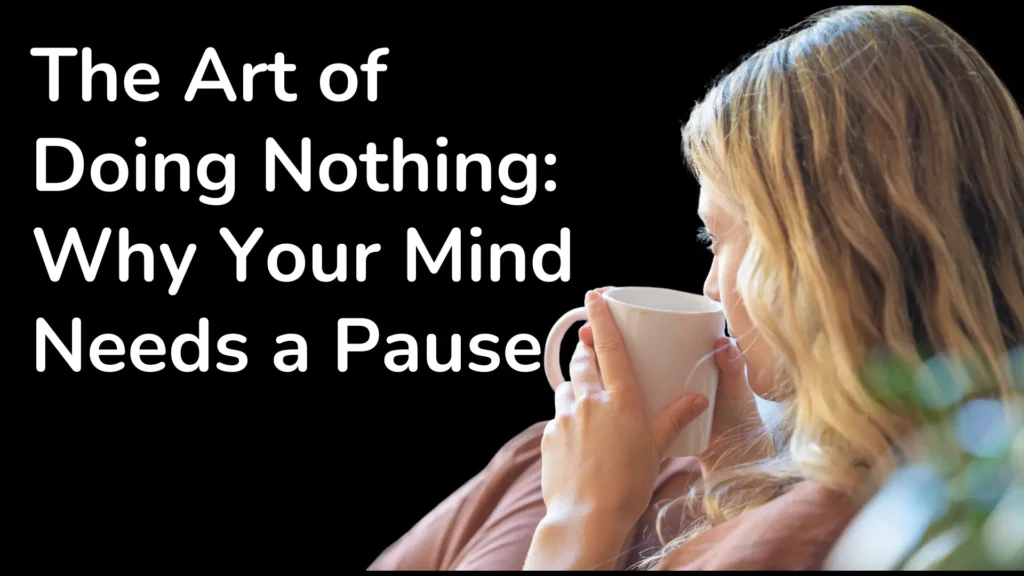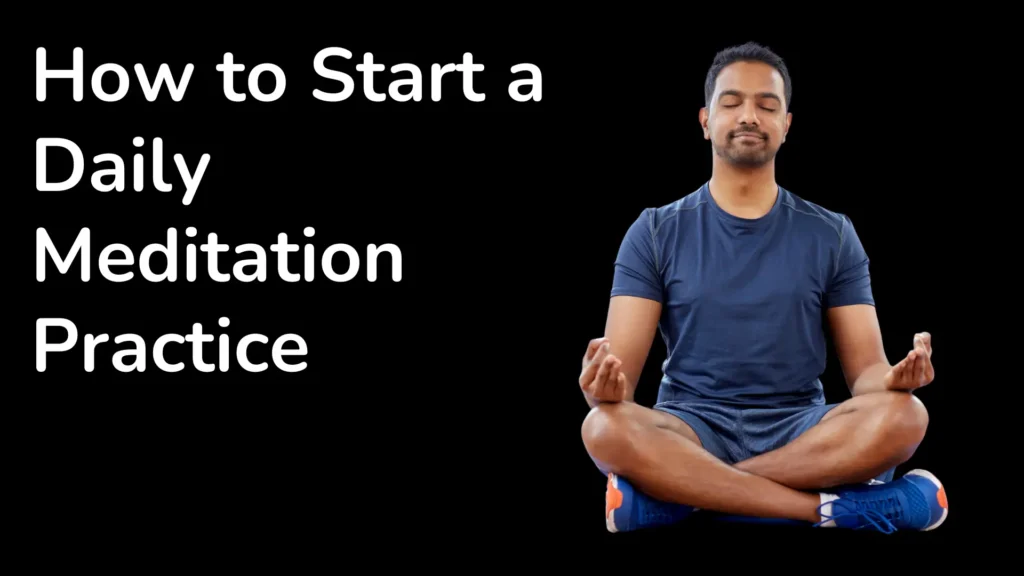Sound Meditation: Healing Through Everyday Noises
In a world filled with constant noise, silence often feels like a luxury. But what if the very sounds that surround you — the hum of a fan, the chirping of birds, the rhythm of rain — could become tools for peace and healing? This is the essence of sound meditation — learning to listen with awareness, turning ordinary sounds into anchors of calm. The Hidden Harmony Around You We often think of meditation as something that needs complete quiet. Yet, true mindfulness is about being fully present, even when life isn’t silent. Sound meditation invites you to notice the world’s natural soundtrack — the rustling leaves, distant laughter, or even city traffic — without labeling them as “good” or “bad.” These sounds can ground you in the present moment, helping your mind settle instead of resist. How Sound Becomes a Soothing Ally When you consciously listen, your body naturally slows down. The nervous system shifts from fight-or-flight to rest-and-digest. Even gentle sounds — like soft rain or ocean waves — can trigger the brain to release calming chemicals, easing anxiety and tension. It’s not about escaping the noise, but about transforming your relationship with it. Try This Simple Practice Find a comfortable spot. Close your eyes, and take a slow breath in. Now, instead of shutting the world out, start to tune in.Notice the closest sound first — maybe your breath or a faint hum nearby.Then, expand your awareness to include sounds further away.Don’t judge them or try to name them.Simply notice their rhythm and flow. With each sound, let yourself be carried gently into presence — into now. Final Reflection The world doesn’t need to be quiet for you to find peace. Sometimes, healing happens not in silence, but in learning to listen differently. Every sound around you can become a gentle reminder: you are here, you are safe, and you are alive.


